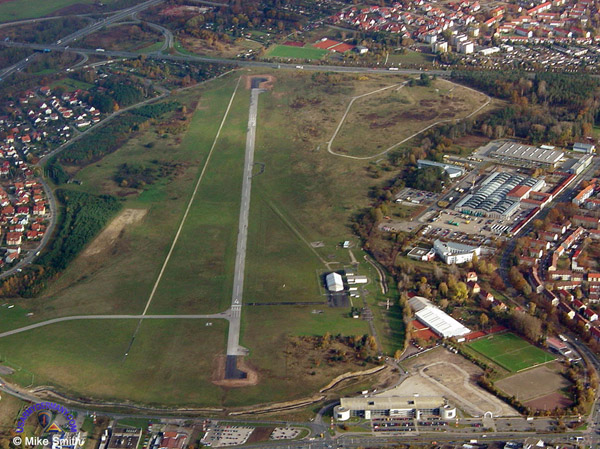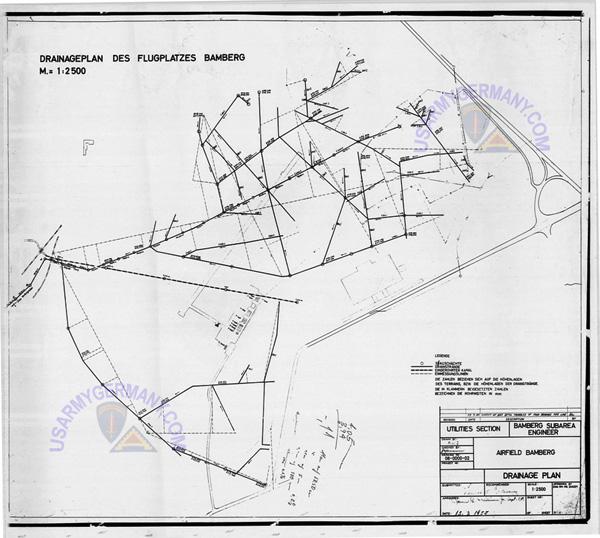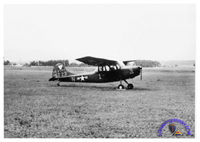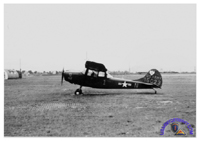| If you do
NOT see the Table of Contents frame to the left of this page, then
Click here to open 'USArmyGermany' frameset |
|||||||||
|
Bamberg Army Airfield |
|||||||||
|
|
|||||||||
|
|||||||||
|
|
|||||||||
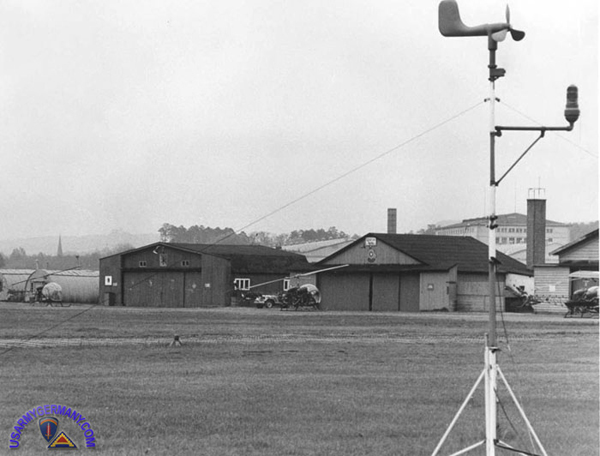 Bamberg Army Airfield, late 1960s |
|||||||||
| History | |||||||||
| (Source: Email from Helmut Weis) | |||||||||
The US Army took over the Bamberg airfield after the end of WWII and set up operations in the southeastern end of the airfield. (That part of the airfield had previously been used by the German military during the war.) The old military buildings were occupied and put to use by the US Army: |
|||||||||
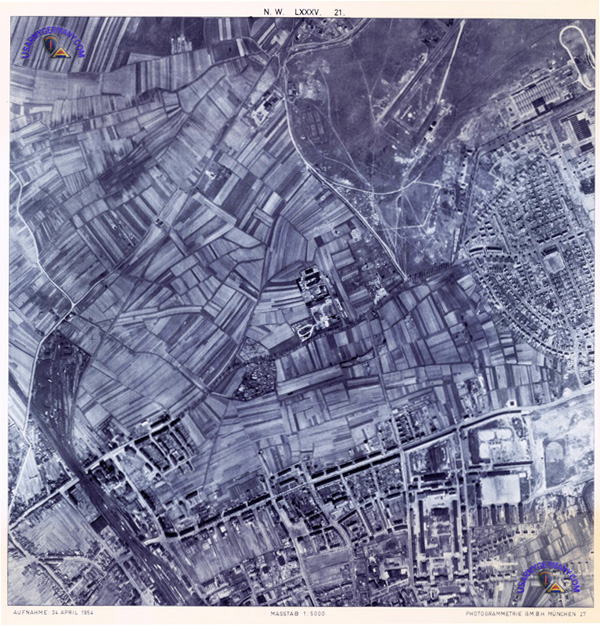 Aerial view of Bamberg airfield and surroundings, 1954 (Helmut Weis) |
|||||||||
| In 1963, the Army constructed a HAWK air defense site on the northeastern end of the airfield. This would become the home of C Battery, 3rd MSL Bn, 7th Arty. The noise created day and night by this important operational site, primarily through the constant running of multiple generators that provided all of the site's power, would be a point of contention between the residents and municipal officials of nearby Gartenstadt and the US Army for years to come. In 1976, the problem became mute when the air defense unit moved to a new tactical site at Doerrnwasserlos. In 1978, the Bamberg airfield saw a significant increase in activity as it served as a base of operations during large fall and winter maneuvers by NATO forces. Airplanes as large as the Air Force's cargo transport C-123 "Provider", the Army's tactical transport CV-2 "Caribou" and the German Air Force's cargo transport "Transall" landed and took off from the airfield. In the late 1980s, the former HAWK site was used by armored units of the US Army as a local training area. Although the Aero Club was able to purchase an area of approx. 30,000 sq. meters of the airfield that included the hangars in the late 1990s, the airfield is still jointly used by the German club and the US Army. |
|||||||||
| (Source: Hanno Englaender, Germany) | |||||||||
| Bamberg is the hometown of Willy Messerschmitt and so it is no wonder that he began his carreer as an aircraft builder at the site where Bamberg Army Airfield is presently located. Little is known about the history of this Army Airfield except that during the years 1950 thru 1955 the Airfield's capacity was increased by one wooden hangar. The wooden hangar was dismantled at the Coburg Army Airfield, hauled to Bamberg and re-erected as the third hangar. |
|||||||||
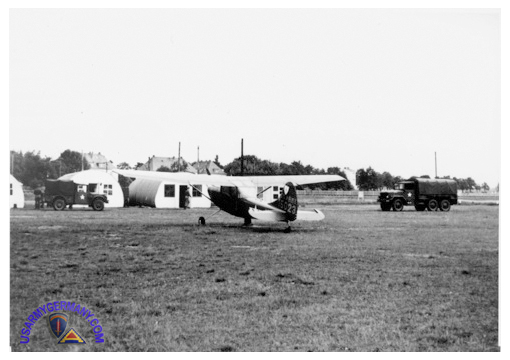 Quonset huts used by Operations, early 1950s (Helmut Weis) |
|||||||||
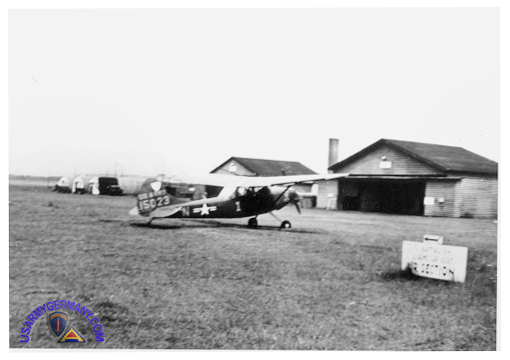 Original airfield hangars, early 1950s - L-19 of Avn Section, 26th Inf (Helmut Weis) |
|||||||||
|
|||||||||
| Related Links: |
|||||||||

